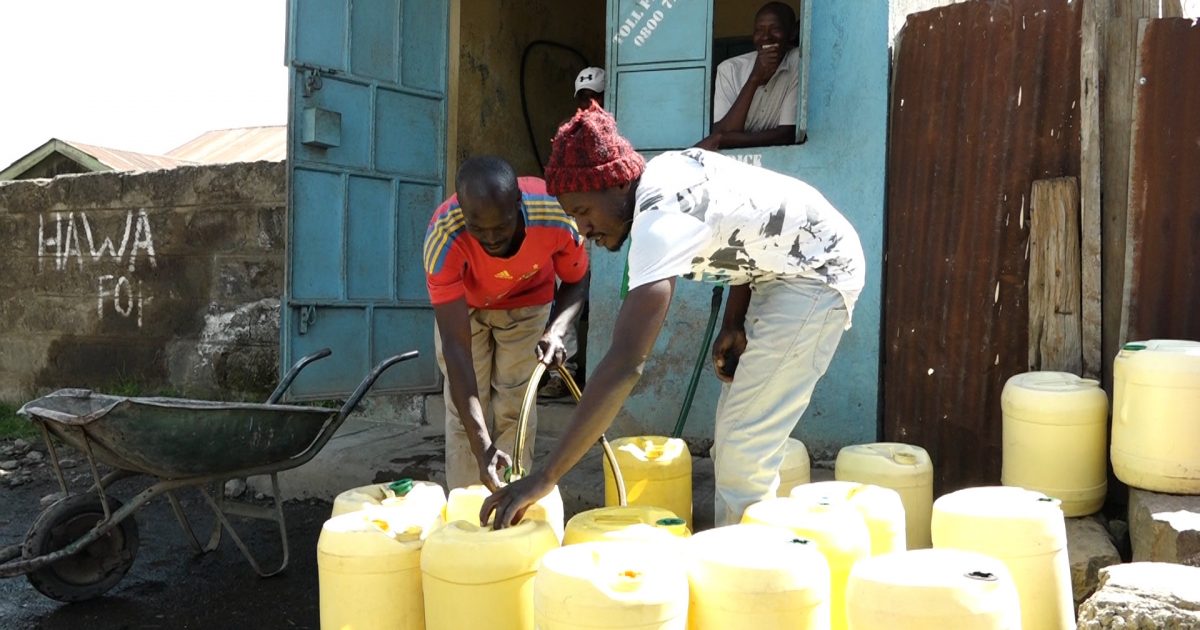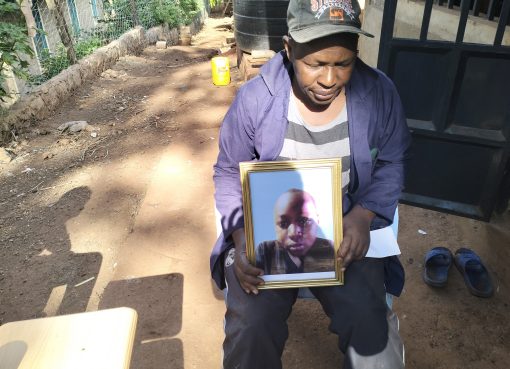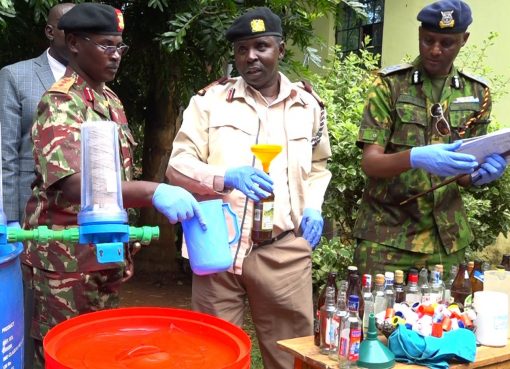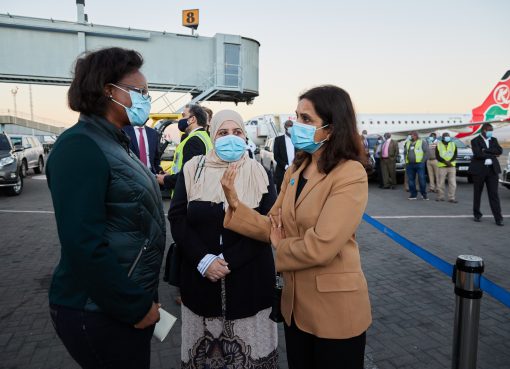The performance of Nakuru Rural Water and Sanitation Company (NARUWASCO) revenue has received a major boost following plans to improve its technical capacity and reduce losses associated with poor piping.
This comes as the Water Service Provider (WSP) revealed that it is losing over 40 percent of the water it generates due to old and dilapidated infrastructure.
NARUWASCO Managing Director Mr. Reuben Korir disclosed that the water service provider was marshaling for more resources both locally and internationally to undertake new water projects and enhance existing dilapidated water and sewerage infrastructure.
Mr Korir said clean water provision remains a constitutional right and they were collaborating with the US Agency for International Development (USAID) and other stakeholders to have Nakuru people access to clean and sufficient water for domestic use.
The MD revealed that they were engaged in a five-year program with Aquaya supported by USAID that will offer more technical support in water quality. He added that the focus would be to monitor and improve the quality of water systems in the Rural areas.
“We are aspiring to achieve 100 percent clean water connectivity and also brainstorm on the aspect of affordability. We are doing all we can to ensure resources to expand and rehabilitate the infrastructure are available,” he said.
He said the upgrade of infrastructure will reduce water loss due to broken pipes from the current 47 percent to 20 percent.
“Due to dilapidated infrastructure, we are currently losing almost half of the water we produce which would have otherwise been available for an increasing number of consumers,” he said.
Speaking in Nakuru, Mr Korir indicated that NARUWASCO was also developing strategic policies to significantly reduce the loss of water emanating from dripping pipes.
He stressed that the firm was implementing strategies that prioritize the speed and quality of repairs once a leak has been detected.
“We are working on active leakage control mechanisms, assets, and pressure management in both short-term and long-term measures that are key as well as implementation of the water provisions measures as outlined in the Constitution and Water Act 2016,” said Mr Korir.
While indicating that NARUWASCO had managed to cut down the loss of water from 70 percent to the current 20 percent, the Managing Director however expressed regret that the loss of water was undermining the progressive realization of the right to water as enshrined in the Constitution as well as the government’s effort to attain its goal of universal water access by 2030.
According to the Water and Sanitation Providers Association (WASPA), at least 45 percent of the water produced by water companies is lost through theft, leakages, and wastages costing the country Shs 112 billion annually leading to losses that have left the companies staring at insolvency.
Mr Korir said the loss of water, which is produced and not billed, does not earn the company anything. He explained that physical losses are through leakages and bursts in distribution and service pipes as well as overflows in water reservoirs.
He indicated that physical losses required huge capital outlay to address as they are a result of dilapidated infrastructure that has been in existence for close to 50 years. Commercial losses, he added, emanate from illegal connections or water theft, meter errors, meter reading inaccuracies, and unmetered connections.
Mr Korir stated that commercial losses too require heavy investments in smart metering and constituent technologies as well as behavioral and culture change among the water firm’s staff and customers.
According to the Water Services Regulatory Board’s performance report for 2021/22, Non-Revenue Water (NRW) levels remained at 45 percent for the preceding three years, which is double the allowable threshold of 20 percent.
Non-revenue water is drinkable water distributed by service providers but is lost or wasted before reaching the consumer, often without notice.
Kenya lost 430,000 cubic meters worth Sh12.2 billion, according to research on the country’s water resources, conducted by the Japan International Cooperation Agency (JICA).
Financially, this inordinate water loss translates to an annual loss of approximately Sh11.2 billion.
Water loss continues to be the biggest challenge across many counties which are also constantly recording inactive connections of up to more than 50 percent, posing a challenge to the sustainability of utilities.
The Water Services and Regulatory Board defines levels of NRW of under 20 percent as good, 20-25 as acceptable, and over 25 percent as not acceptable.
By Jane Ngugi and Dennis Rasto





